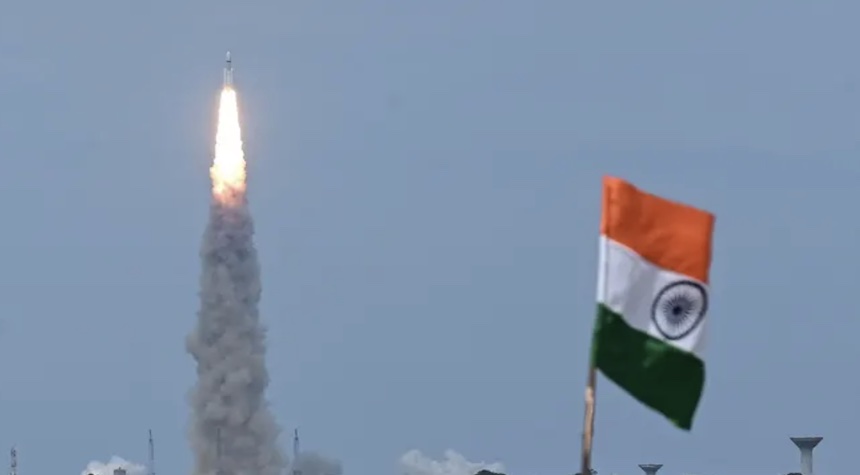India’s Chandrayaan-3 craft, the first to land in the South Polar region of the Moon in history, made a soft touchdown on Wednesday. It was the fourth country in the world to do so.
Narendra Modi, the Indian president, took this opportunity to laud India’s achievements.
“On this joyous occasion…I would like to address all the people of the world,” he said. “India’s successful moon mission is not just India’s alone. This is a year in which the world is witnessing India’s G20 presidency. Our approach of one Earth, one family, one future is resonating across the globe.
“This human-centric philosophy that we present has been welcomed by all,” Modi said, “Our moon mission was also based on this human-centric philosophy. This success belongs to the entire human race and will benefit future moon missions.”
The first image of the Moon’s surface from Chandrayaan-3 pic.twitter.com/lZUrulH0yv
— Latest in space (@latestinspace) August 24, 2023
India’s success was in stark contrast to the failure of Russia’s Luna-25 lunar lander, which had crashed into the Moon two days earlier. India’s success shows how far Russia has fallen over the past few decades.
The large number of craters, trenches, and other obstacles that make landing at the South Pole so difficult are the main reasons why it is so challenging. Solar-powered robots have to work harder at the South Pole because they receive less sunlight. It’s also difficult for robot landers to survive at 230 degrees below zero.
India has achieved a feat that no other space power can claim. Why is the South Pole such a coveted landing site? Miles O’Brien from PBS explains.

Of course, if you have water and H2O you can sustain life. You can create electrical power, but H and O also act as rocket fuel. You could fuel rockets that would go back to Earth or even further. With all of that in mind, people who are interested in exploring space will find this a fascinating spot to use as a launch pad.
We can indeed access the wealth of the universe if we find a solution to reduce the cost of space flight to a few dollars per pound, instead of several thousand dollars. We are in for a world of exciting commercial opportunities, including zero-G manufacturing and mining.
The cost per kilogram of a Falcon 9 rocket launch today is $1,520, compared to $10,000 per kilogram back in 2009. The cost of a Falcon 9 launch has dropped from $10,000 per kilogram in 2009 to $1,520 today.

Chandrayaan-3, the mission that landed in the South Polar region of the Moon cost only $25 million. This is a pittance when compared with U.S. expenditures on space. The Indian space program, however, is not a welfare program to benefit giant corporations such as Lockheed and McDonnell Douglas. The commercial exploitation space is a serious matter.
Miles O’Brien:
India has also made huge investments in the last three years. It has given rise to private enterprise. There are about 140 start-ups for small spaces in India that have attracted several hundred million dollars in investments. India has found out that it not only gives you soft power in the world but also a lot of money.

Space is an enormous wealth generator. As space technology becomes smaller and cheaper, it is possible to imagine how space could be used to create value for people on Earth. Not just to plant a Mars flag, but also to help farmers better plant crops, understand climate change, and better understand our weather patterns.
India has stolen a march on the U.S. by landing in the South Polar region of the moon. The question isn’t whether we are able to catch up. It’s a question of national will whether we want to.


